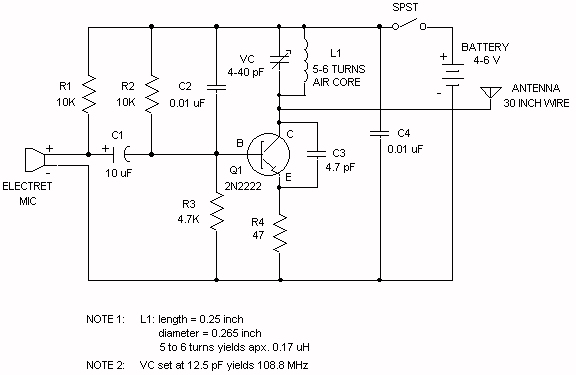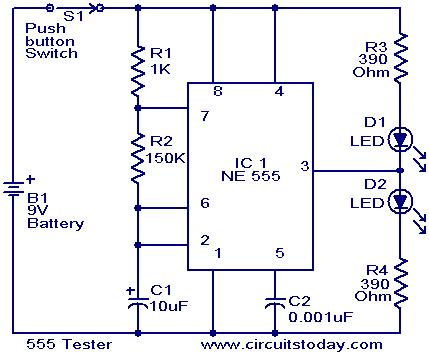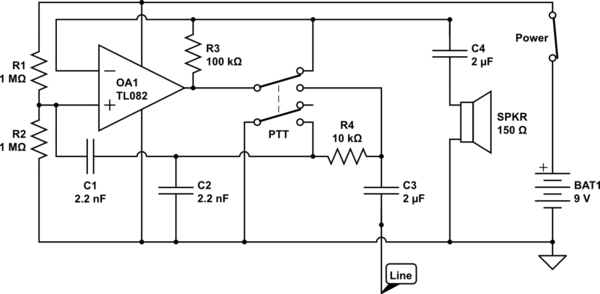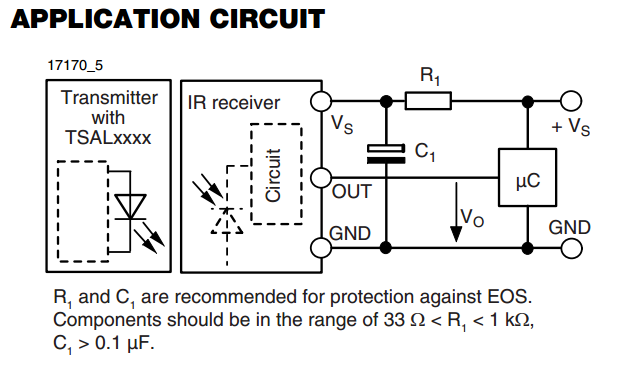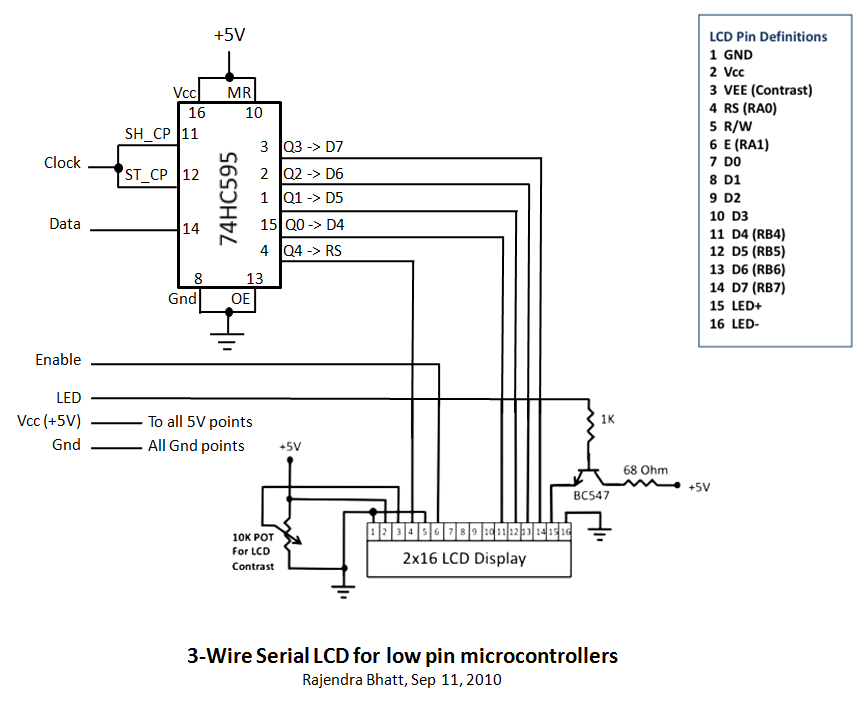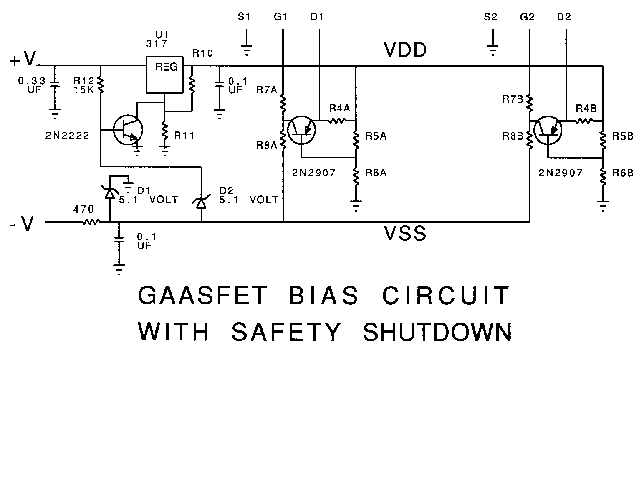
Understand the 74HC595
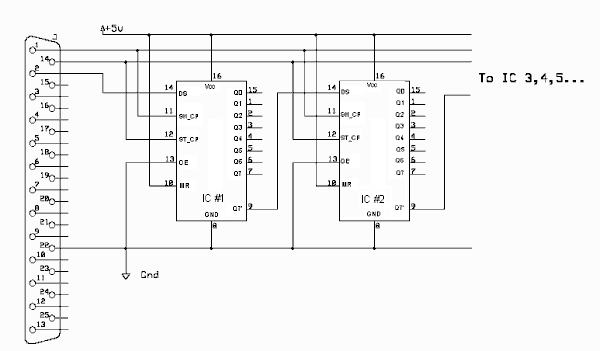
The Triac drivers utilize the 5 VDC output signal from the 74HC595 chip outputs (Q1, Q2, Q3, Q4, Q5, Q6, and Q7) to control the 110VAC gate signal to the Triacs. When connecting the integrated circuits (ICs) directly to a computer, a desktop PC is required to effectively drive the electronics in larger systems, as a laptop computer does not provide the necessary voltage to operate a significant number of 74HC595N chips. A laptop can be employed in smaller systems (up to 16 channels), but the voltage to the 74HC595N IC chips must be reduced due to the lower output voltage of laptops compared to desktops. Additionally, add-on PCI cards typically offer lower voltage outputs. It is important to note that a laptop will not support as many IC chips as a desktop. In some instances, the parallel port of a desktop may not deliver sufficiently high pulse signals, necessitating a reduction in Vcc (5 volts DC) to the 74HC595N chips so that they can effectively detect pulses from the parallel printer port. This can lead to inconsistent channel operation, where some channels function correctly while others do not, and may trigger in an incorrect sequence. However, reducing the voltage to the IC chips also decreases the output voltage and current from the ICs. Consequently, it may be necessary to adjust the value of the limiting resistor connected from the 74HC595N chip output to the triac driver to ensure proper triggering of the triac drivers.
The circuit design incorporates the 74HC595 shift register, which is an 8-bit serial-in, parallel-out shift register, to manage multiple Triac drivers. Each output (Q1 through Q7) from the 74HC595 is connected to the gate of a corresponding Triac through a limiting resistor. The Triacs are responsible for switching the 110VAC load. The 5 VDC signal from the shift register is used to trigger the Triacs, allowing for control over high voltage AC loads.
When implementing this circuit, it is essential to consider the total number of 74HC595N chips being utilized. In larger systems, a desktop PC is preferred due to its ability to provide higher voltage levels, which is crucial for reliable operation of multiple ICs. If a laptop is necessary, the design must include voltage regulation components to ensure that the 5 VDC supplied to the 74HC595N chips is appropriate for their operation.
The output pulse width from the parallel port must be sufficient to ensure that the 74HC595N chips recognize the input signals correctly. If the pulse width is inadequate, the chips may fail to trigger the Triacs reliably, leading to erratic channel behavior. Adjusting the limiting resistor value is also critical, as it determines the gate current supplied to the Triacs. If the resistor value is too high, the Triacs may not turn on, while a value that is too low could potentially damage the Triacs or the driving ICs.
In summary, careful attention must be paid to the voltage levels, output pulse widths, and resistor values in this circuit design to ensure reliable operation of the Triac drivers and the controlled AC loads.The Triac drivers use the 5 VDC output signal from the 74HC595 chip outputs (Q1, Q2, Q3, Q4, Q5, Q6, and Q7) to switch the 110VAC gate signal to the Triacs. If you are connecting the IC chips directly to the PC, a desktop PC MUST BE USED to drive the electronics in a large system because a laptop computer does not have the voltage required to run
a large quantity of 74HC595N chips. A laptop can be used in smaller systems (16 channels) but the voltage to the 74HC595N IC chips will need to be lowered since a laptops output voltage is lower than that of a desktop. Add on PCI cards tend to have a lower voltage. Also don`t expect to drive as many IC chips with a laptop as compared to your desktop. In some cases, the parallel port of a desktop will not provide sufficiently high pulses and the Vcc (5 volts DC) to the 74HC595N chips needs to be lowered so the 74HC595 can "see" the pulses from the parallel printer port.
The symptom results in some channels working and others not and channels triggering out of order. Here is the catch, if you lower the voltage to the IC chips then the voltage from the outputs of the IC chips also gets lowered and the current from the outputs gets lowered. It may be necessary to lower the value of the limiting resistor from the 74HC595N chip output to the triac driver in order to properly trigger the triac drivers.
🔗 External reference
The circuit design incorporates the 74HC595 shift register, which is an 8-bit serial-in, parallel-out shift register, to manage multiple Triac drivers. Each output (Q1 through Q7) from the 74HC595 is connected to the gate of a corresponding Triac through a limiting resistor. The Triacs are responsible for switching the 110VAC load. The 5 VDC signal from the shift register is used to trigger the Triacs, allowing for control over high voltage AC loads.
When implementing this circuit, it is essential to consider the total number of 74HC595N chips being utilized. In larger systems, a desktop PC is preferred due to its ability to provide higher voltage levels, which is crucial for reliable operation of multiple ICs. If a laptop is necessary, the design must include voltage regulation components to ensure that the 5 VDC supplied to the 74HC595N chips is appropriate for their operation.
The output pulse width from the parallel port must be sufficient to ensure that the 74HC595N chips recognize the input signals correctly. If the pulse width is inadequate, the chips may fail to trigger the Triacs reliably, leading to erratic channel behavior. Adjusting the limiting resistor value is also critical, as it determines the gate current supplied to the Triacs. If the resistor value is too high, the Triacs may not turn on, while a value that is too low could potentially damage the Triacs or the driving ICs.
In summary, careful attention must be paid to the voltage levels, output pulse widths, and resistor values in this circuit design to ensure reliable operation of the Triac drivers and the controlled AC loads.The Triac drivers use the 5 VDC output signal from the 74HC595 chip outputs (Q1, Q2, Q3, Q4, Q5, Q6, and Q7) to switch the 110VAC gate signal to the Triacs. If you are connecting the IC chips directly to the PC, a desktop PC MUST BE USED to drive the electronics in a large system because a laptop computer does not have the voltage required to run
a large quantity of 74HC595N chips. A laptop can be used in smaller systems (16 channels) but the voltage to the 74HC595N IC chips will need to be lowered since a laptops output voltage is lower than that of a desktop. Add on PCI cards tend to have a lower voltage. Also don`t expect to drive as many IC chips with a laptop as compared to your desktop. In some cases, the parallel port of a desktop will not provide sufficiently high pulses and the Vcc (5 volts DC) to the 74HC595N chips needs to be lowered so the 74HC595 can "see" the pulses from the parallel printer port.
The symptom results in some channels working and others not and channels triggering out of order. Here is the catch, if you lower the voltage to the IC chips then the voltage from the outputs of the IC chips also gets lowered and the current from the outputs gets lowered. It may be necessary to lower the value of the limiting resistor from the 74HC595N chip output to the triac driver in order to properly trigger the triac drivers.
🔗 External reference
